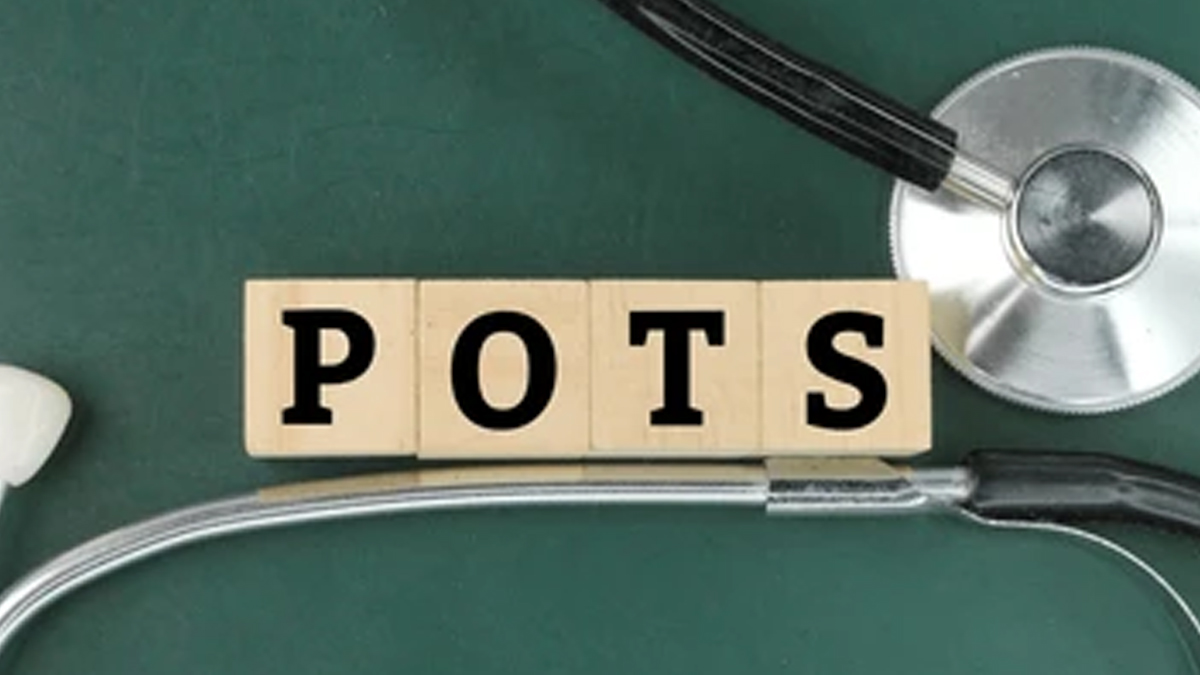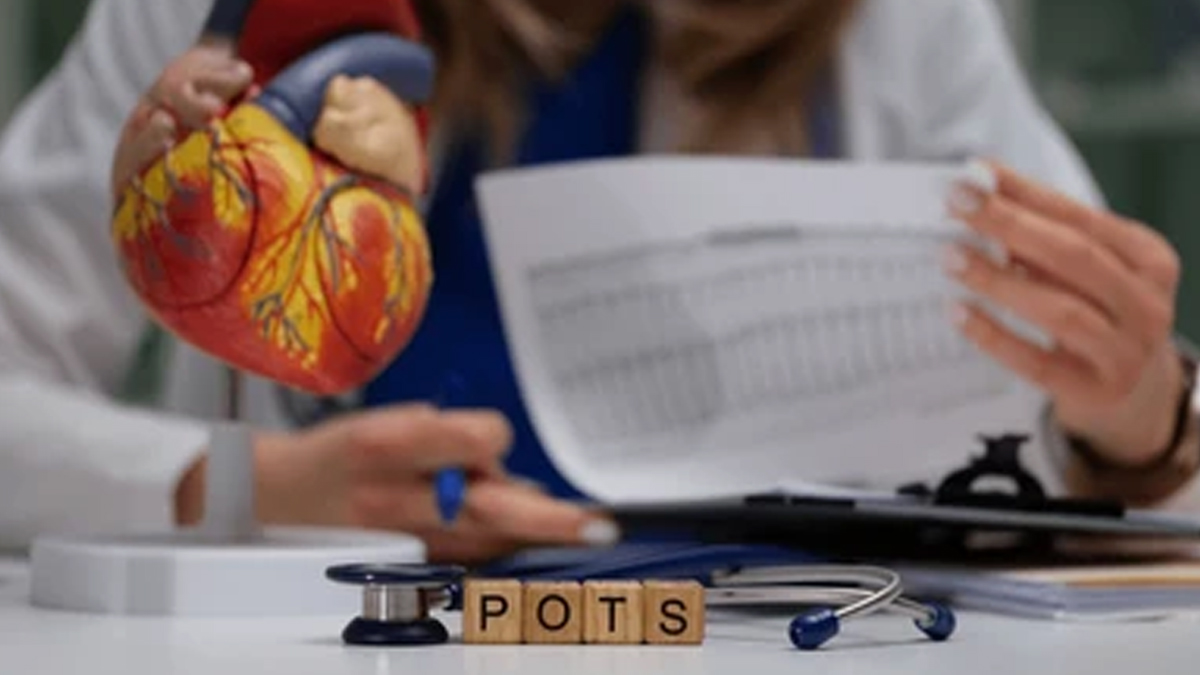
Has your heart rate ever increased after getting up from a lying down position, leaving you lightheaded and fatigued? Did you suddenly feel dizzy upon standing? If that is the case, it could be a result of Postural Orthostatic Tachycardia Syndrome, also commonly known as POTS.
Table of Content:-
POTS is a condition that occurs when the autonomic nervous system, which controls involuntary functions like heart rate and blood pressure, doesn't work properly. As discussed, it is characterised by symptoms such as increased heart rate accompanied by lightheadedness, dizziness, and fatigue that occurs when transitioning from lying down to standing.
So, what does it mean for a patient who likes to do his or her regular workout? Does having POTS mean you cannot exercise, or are there safe ways to indulge in physical activities? Read on to know what an expert has to say about the same.
Also Read: How Much Cholesterol Should You Have In A Day To Stay Healthy?
What Is Postural Orthostatic Tachycardia Syndrome (POTS)?

Dr Sanjay Bhat, Senior Consultant - Interventional Cardiology, Aster CMI Hospital, Bengaluru, describes POTS as a condition where standing up causes a rapid heart rate increase, often leading to dizziness, fatigue, and even fainting. "It happens because the body struggles to regulate blood flow properly, making everyday activities feel exhausting."
Although there isn't a definitive number on worldwide prevalence of POTS, estimates suggest it affects 0.2-1% of the population in developed countries, with a higher prevalence in women, particularly young adults.
How Can Someone With POTS Exercise Safely?

For patients with POTS, physical activity can be challenging, as exercise may trigger symptoms.
A 2014 study published in Autonomic Neuroscience: Basic & Clinical found that patients with POTS have lower fitness levels and experience higher heart rates during exercise. However, researchers noted that three months of exercise improves heart function, increasing stroke volume, blood volume, and fitness. After training, their heart rate is lower, and recovery is faster, showing that exercise can enhance heart function and overall fitness in POTS patients.
“Gentle, low-impact exercises like swimming, recumbent cycling, or stretching can help improve circulation and build endurance over time,” says Dr Bhat, adding that staying hydrated, increasing salt intake (if recommended), and pacing activities can also make movement easier.
Dr Bhat also suggests that building exercise tolerance with POTS takes patience and a gradual approach.
“Start with seated or lying-down exercises like recumbent cycling, swimming, or leg lifts to avoid sudden blood pressure drops. Strengthening the legs and core helps improve circulation and stability… Warm up slowly, take breaks as needed, and listen to your body. Compression garments can also help prevent dizziness. Over time, as endurance improves, you can slowly introduce standing exercises,” the doctor elaborates.
Types Of Exercises Best Suited For People With POTS
With POTS, it is crucial to take it slow and be gentle on one’s body, especially while exercising. Therefore, some of the best and most effective types of exercises to do include:
- Low-impact exercises like recumbent cycling, swimming, and rowing
- Strength training, especially for the legs and core
- Short, seated, or lying-down workouts to build endurance
More importantly, staying hydrated, warming up gradually, and avoiding overexertion are also crucial. “With patience and consistency, exercise can become a valuable tool in managing POTS and improving overall well-being,” Dr Bhat shares.
Precautions POTS Patients Should Take While Exercising

People with POTS should take a few key precautions to avoid exercise-related complications. These include:
- Start slowly with low-impact activities like recumbent cycling or swimming, and gradually build up intensity.
- Always warm up gently and cool down slowly to avoid sudden changes in heart rate.
- Hydration is crucial; drink plenty of fluids before, during, and after exercise, and consider increasing salt intake to support circulation.
- Wear compression garments to help maintain blood flow.
- Avoid exercising in extreme temperatures.
- Listen to your body. If symptoms like dizziness or fatigue occur, take a break and rest.
Conclusion
While POTS isn’t a life-threatening condition, it can definitely impact daily life and cause discomfort. The symptoms, such as dizziness, lightheadedness, and fatigue, can be challenging to manage. However, regular exercise has been shown to help alleviate these symptoms by improving heart function. Exercise can strengthen the cardiovascular system and enhance autonomic nervous system function.
That being said, it’s crucial to approach exercise cautiously. Overexertion can worsen symptoms, so it’s important to start slow and gradually increase intensity. Working with a healthcare professional, such as a doctor or physical therapist, can help create a personalised and safe exercise plan. A professional can assess individual needs, monitor progress, and adjust routines to ensure that exercise is both effective and safe for managing POTS symptoms.
Also watch this video
Read Next
Stronger Bonds, Healthier Hearts: Expert Explains How Social Connections Protect Your Heart
How we keep this article up to date:
We work with experts and keep a close eye on the latest in health and wellness. Whenever there is a new research or helpful information, we update our articles with accurate and useful advice.
Current Version